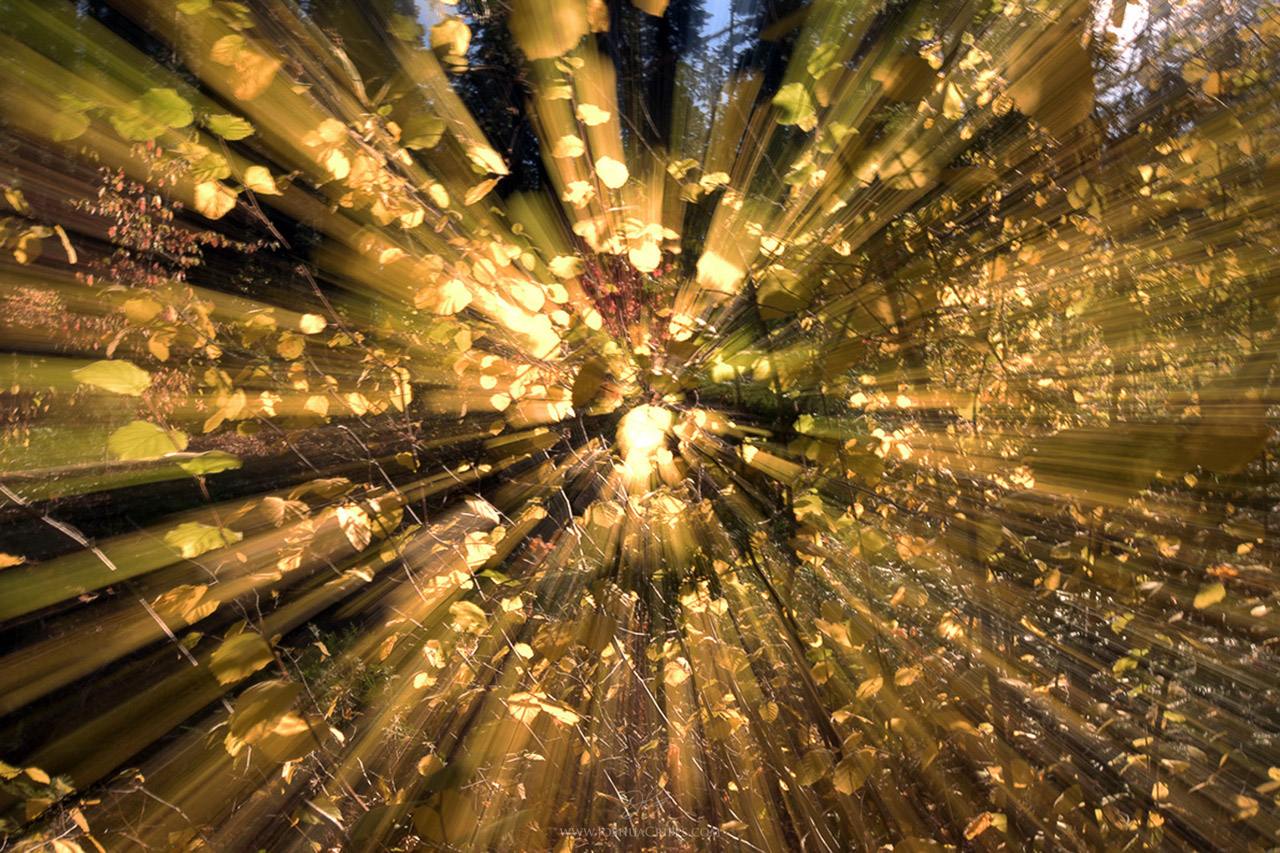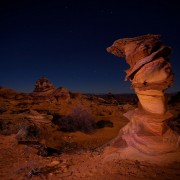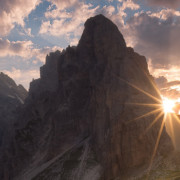Multiple Camera Exposure – Fun, Creative Techniques to Try
Most modern cameras allow you to create multiple in camera exposures, combining as many as ten different shots into a single raw file. This ability opens up a world of creative possibilities and I’ll show you just a few fun techniques in this article. But first let’s take a look at what happens in multiple camera exposure (MCE) mode on your camera.
Each brand and model deals with MCE a little differently so check your use manual about how to engage it. In general, when shooting MCEs you have four options:
- Add – This adds the brightness value of each photo to the previous shot. Every photo will increase the final exposure.
- Average/Mean – This averages out the values of every photo. The final exposure will be an average of all the shots.
- Lighten – This option compares each pixel in each location in each photo and only uses the brightest one from each shot. For example, if you combine a bright sky photo with a dark mountain, the sky will dominate the final result.
- Darken – This option compares each pixel in each location in each photo and only uses the darkest one from each shot. For example, if you combine a bright sky photo with a dark mountain the mountain will dominate the final result.
Ok, so that’s a lot of jargon that’s a little hard to understand. Each mode has its own creative applications and technical challenges. For simplicity in this article I want to take a look at only the Average mode and a few of the fun things we can do with it.
Long Exposure Photography Without ND Filters
This is probably my favorite overall technique using multiple camera exposure mode. When you combine and average many individual photos, it produces almost the exact same effect as a single long exposure equal to the duration of all the individual photos put together. In other words, when you average six 1-second photos the result is virtually identical to taking a single 6-second photo. This is useful for a couple of reasons:
- Say you want to shoot a long exposure but the ambient conditions are so bright you are only able to get a max shutter speed of 1/2″ before your image blows out. Using MCE mode you can combine ten photos at 1/2″ and get the same look as a single 5″ exposure.
- Or say you have a strong ND filter or the light levels are low. You might be able to shoot a 15″ exposure. You can then combine ten of those individual 15″ second shots and end up with the equivalent of a 2.5-minute exposure!
How to do it:
- Put your camera on a tripod.
- Dial in your baseline exposure, focus, go to all manual for everything for consistency between shots.
- Select Multiple Exposure, Average Mode on your camera and select the maximum number of camera exposures.
FYI: With some cameras, this is three shots. Other cameras have nine or ten photos maximum. - Put your camera in Continuous High shooting mode.
- Using a remote shutter release hold down the shutter button until your total number of camera exposures have been taken.
- The camera automatically produces the final raw file.
Trippy Double Exposure
MCE Average mode can also be used to create a fun effect by combining a static shot with a photo full of motion. For example, this image is the result of combining two photos in camera, a static shot of the leaves and another shot where I zoomed the lens during a 1/4″ exposure.
How to do it:
- Put your camera on a tripod.
- Dial in your baseline exposure, focus, go to all manual for consistency between shots. Aim for a shutter speed in the 1/4″-1/2″ range.
- Select Multiple Camera Exposure, Average Mode on your camera and select two exposure or Double exposures.
- Take a static shot of your subject.
- During the next photo, zoom your lens in or out.
- The camera automatically produces the final raw file.
Forest Abstracts
We’ve all seen those photos of deliberately-blurred tree trunks. With MCE mode, you can play with a similar idea but with a completely different spin. In this case, by moving the camera slightly up or down in between exposures you create a very cool patchwork effect.

In Camera Movement (ICM): Combining 10 photos of the forest while panning down slightly in between each shot yields this look.
How to do it:
- Dial in your baseline exposure and focus.
- Select Multiple Camera Exposure, Average Mode on your camera, and select the maximum number of exposures.
- Point your camera up at about a 45° angle and take your first shot.
- Pan the camera down about 5° in a vertical line and take the next shot.
- Repeat #4 until you’ve finished the series.
- The camera automatically produces the final raw file.
These are just three ideas using a single blend mode in MCE mode. There are tons of other amazing possibilities out there, especially when you start playing with the other MCE modes. Got any favorite techniques for enjoying multiple in-camera exposures? Let me know in the comments.
Thanks for reading my article.














